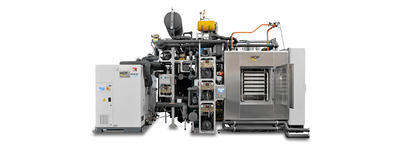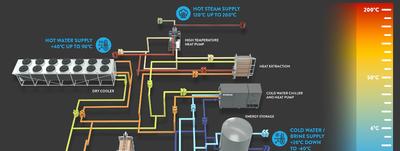Cannabis oil can also be used to prevent and treat neurodegenerative diseases such as Alzheimer's and Parkinson's. Although THC can induce psychosis, it is mostly THC/CBD mixtures that can help with these symptoms. Cannabis oil production refers to the process of extracting oil from the cannabis plant. Cannabis oil contains the active ingredients of the plant, particularly cannabinoids such as THC (tetrahydrocannabinol) and CBD (cannabidiol), which can have various medicinal and therapeutic applications. There are various methods for producing cannabis oil, which are explained below.
Extraction with solvents:
A commonly used method is extraction with solvents such as ethane or butane. The cannabis plant is soaked in a solvent to extract the desired ingredients. The solvent dissolves the cannabinoids from the plant material and forms a solution. The solvent is then evaporated to extract the concentrated cannabis oil.
Supercritical CO2 extraction:
This method uses CO₂, which is in a supercritical state, to extract the cannabinoids from the plant. In a closed system, CO₂ is brought under high pressure and temperature. This gives it the properties of both a gas and a solvent. The supercritical CO₂ dissolves the cannabinoids from the plant material and is then collected in a separate container. By changing the pressure and temperature, the CO₂ can be converted into its gaseous form, leaving behind the pure cannabis oil.
Alcohol extraction:
This method uses alcohol, usually ethanol, to extract the cannabinoids.
The plant material is soaked in alcohol to dissolve the desired components.
The alcohol is then evaporated off to leave behind the concentrated cannabis oil. Alcohol extraction can be carried out either at room temperature or by cold extraction, in which the plant material is cooled beforehand. After extraction, the crude oil obtained is often further purified and processed to remove impurities and control the concentrations of the individual cannabinoids. This can be done by distillation, winterization or other processes. The finished cannabis oil can then be used in various forms, such as tincture, capsules, topicals or for the production of food and beverages.





















